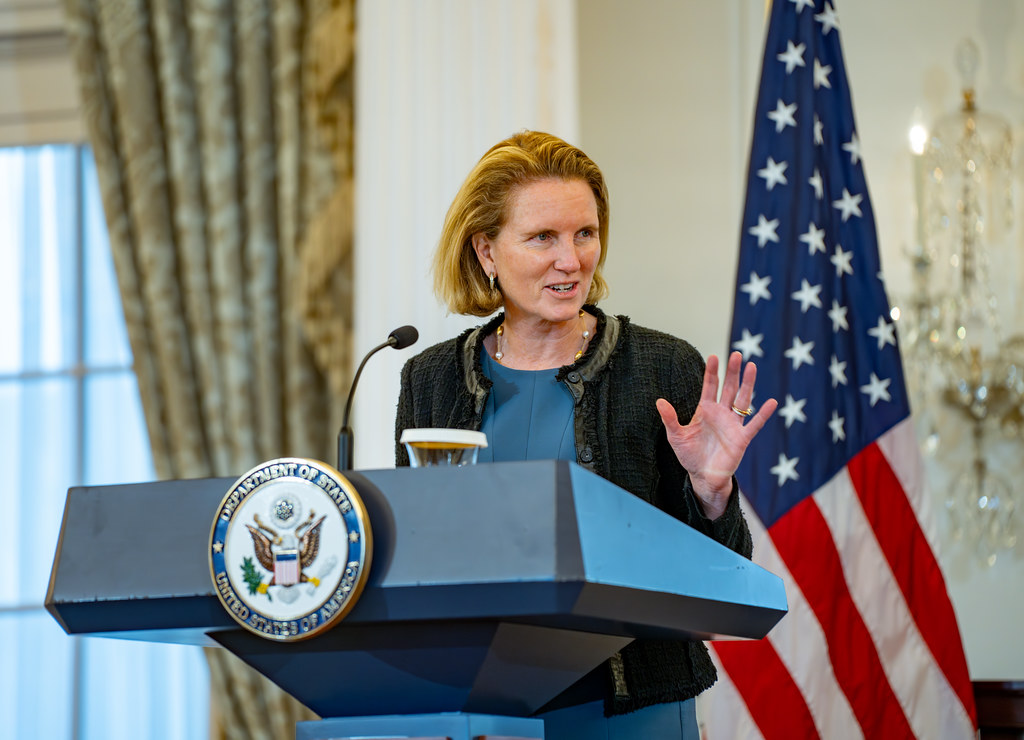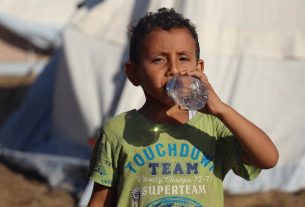Deputy Administrator Isobel Coleman at the High-Level Pledging Event on Ethiopia
Geneva, Switzerland
DEPUTY ADMINISTRATOR ISOBEL COLEMAN: Esteemed colleagues, with the dire humanitarian crisis in Ethiopia, USAID is working tirelessly to scale up our humanitarian food assistance to reach those most in need.
In December, after a six-month pause prompted by the discovery of widespread aid diversion, USAID resumed food assistance in Ethiopia. We worked closely with the Ethiopian Government and our partners, including the UN, to reform the food aid system and protect against corruption.
Since December, we’ve reached more than four million people with food assistance across the country, prioritizing drought- and conflict-affected regions with the most acute need.
Today, I am pleased to announce that the United States will provide an additional $154 million in new humanitarian assistance for Ethiopia. This funding will support critical food security, health, protection, shelter, water, and sanitation needs.
It brings the total level of U.S. government humanitarian assistance to Ethiopia so far this fiscal year to $243 million.
The United States remains the largest humanitarian donor to Ethiopia, contributing nearly $900 million in humanitarian assistance just last year – and accounting for two-thirds of all contributions toward the 2023 UN Humanitarian Response Plan.
But our resources are increasingly stretched. We call on other donors – including the Government of Ethiopia – to increase their contributions. The Government of Ethiopia must support its own people with resources and commodities, including wheat; prioritize peace so that conflict does not increase needs even further; and help get humanitarian assistance to the vulnerable populations quickly and effectively. And the Government of Ethiopia must do more to protect aid workers, particularly in Amhara, where nine aid workers have been killed by violence since April 2023.
The recent reforms within Ethiopia’s humanitarian aid architecture were essential. We now have more confidence that the most vulnerable people are being identified and reached with assistance. We must capitalize on this progress by continuing to build better processes that support the delivery of urgent assistance to those who still need it.



